






















Airlines, Airports and Airliners 14 March 2024
Google Banner Ad
This Week in Airliner, Airports and Airlines.
More Boeing dilemmas as an Alaska Airlines 737-900ER arrives with cargo door slightly open.
Commemorating the 10th anniversary of the disappearance of Flight MH 370.
Ethiopian Airlines to expand widebody fleet with Up to 20 Boeing 777X Jets.
TSA and DHS S&T to prototype self-service screening system at Harry Reid International Airport.
Philadelphia man sentenced to prison for evading TSA Security at Philadelphia International Airport.
Emirates and Butterfly Aero Training win 2024 IATA CBTA Centre Innovation Award.
Worldwide Incidents and accidents.
Bonus video - Four Days In Kruger 2021 Day Four
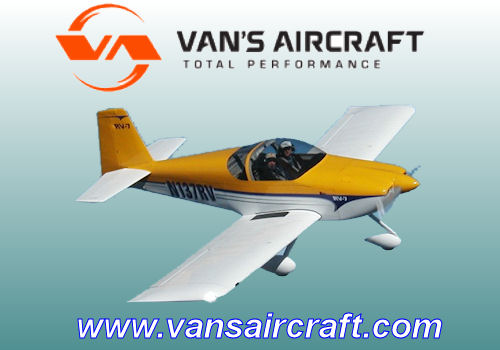
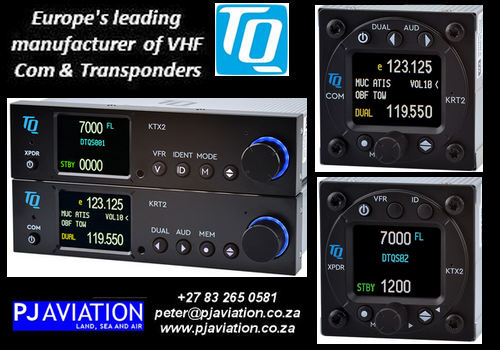
MORE BOEING DILEMMAS AS AN ALASKA AIRLINES 737-900ER ARRIVES WITH CARGO DOOR SLIGHTLY OPEN.

To add to the companies' wows Ed Pierson, a former Boeing 737 Program Senior Manager, after having boarded according to news reports, had walked off an Alaskan Airlines Boeing 737-900ER flight.
Pierson who was planning to fly to Newark from Seattle-Tacoma International had purposefully booked a flight scheduled to be operated by either the 737-800 or -900ER - which are variants of the 737NG (Next Generation) series.
When he I got to the airport, he checked again that it wasn't the Max that he was booked on. He said that he boarded and sat down and glanced at the emergency card and it said it was a Max. At that point, he reportedly got up and walked off the aircraft.

On the occasion of the tenth anniversary of the disappearance of Malaysia Airlines Flight MH 370 on 8 March 2014, ICAO Council President Salvatore Sciacchitano has issued the following statement:
This also limits our understanding of the disappearance, hampering the most fundamental safety priorities in aviation: the prevention of accidents and fatalities.

The investigators addressed two safety recommendations to ICAO: to examine the safety benefits of introducing standards for real-time tracking of commercial air transport aircraft, and to review the effectiveness of the Emergency Locator Transmitters (ELT) fitted to passenger aircraft at that time. The investigators also suggested ICAO review ways to more effectively determine the location of an aircraft that enters water.
This has resulted in the Global Aeronautical Distress and Safety System (GADSS) for the real time tracking of commercial air transport aircraft. In case of an accident in water, GADSS enables the identification of general location of an accident site. Technical standards have also been updated to accommodate the deployment of ELT and enhanced underwater location pingers for flight recorders.
Since the loss of MH 370, ICAO has also worked to assure governments improve the care, resources, and timely and comprehensive information that accident victims and their loved ones need in such tragic circumstances.
However, none of the progress we have made will undo this tragedy. Respect for victims of aircraft accidents and their families' mental, physical and spiritual well-being is paramount to ICAO and to all aviation stakeholders, and this priority is at the heart of our advocacy today.”


ETHIOPIAN AIRLINES TO EXPAND WIDEBODY FLEET WITH UP TO 20 BOEING 777X JETS
Boeing [NYSE: BA] and Ethiopian Airlines announced today an agreement for the East African airline to purchase eight 777-9 passenger airplanes and the potential for up to 12 additional jets. Ethiopian Airlines' selection of 777-9 jets positions the carrier as the first 777X customer in Africa and builds on its landmark 2023 order for 11 787 Dreamliner and 20 737 MAX airplanes to modernize and grow its fleet.
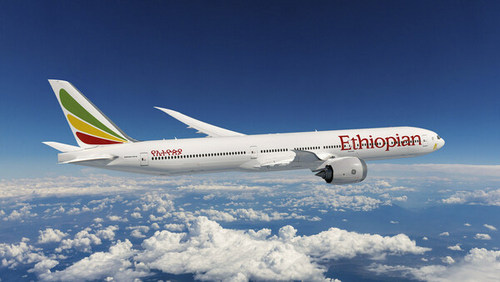
"Ethiopian Airlines marks yet another first in our longstanding partnership by selecting the 777-9 to be the flagship of its growing fleet," said Brad McMullen, Boeing senior vice president of Commercial Sales and Marketing. "Building on a relationship that goes back 75 years, we deeply value the unwavering trust and confidence Ethiopian Airlines puts in our airplanes."
Boeing airplanes make up more than half of Ethiopian Airlines' current fleet, including 29 787 Dreamliners, 20 777s, three 767s, 27 Next-Generation 737s and 15 737 MAX jets. Ethiopian Airlines and Boeing continue to explore opportunities to further develop the country's aerospace industry, including support for Ethiopian Airlines' MRO capabilities, industrial development, training capabilities at the Ethiopian Aviation University and STEM education, as well as equipping the Ethiopian Museum of Science with aerospace exhibits.
Boeing's Commercial Market Outlook forecasts Africa's annual air traffic growth at more than 7% through 2042 - the third-highest growth rate among global regions and above the global average of approximately 6%. Providing growth opportunities for airlines and offering enhanced features for passengers, with a range of 13,510 km (7,295 nautical miles), the 777-9 enables flights from Addis Ababa to as far as Seattle in the U.S.

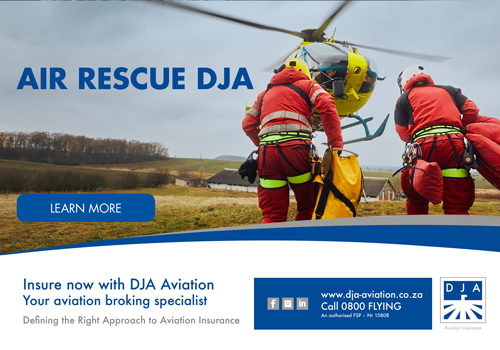
The Transportation Security Administration (TSA) and the Department of Homeland Security (DHS) Science and Technology Directorate (S&T) unveiled a prototype checkpoint technology, the self-service screening system, at Harry Reid International Airport (LAS) in Las Vegas. TSA PreCheck® passengers at TSA's Innovation Checkpoint will be the first travellers to have the option to use the new system starting in mid-March, when the testing begins. The same rigorous screening standards and rules required of passengers using the TSA PreCheck lanes apply to the self-screening lane.
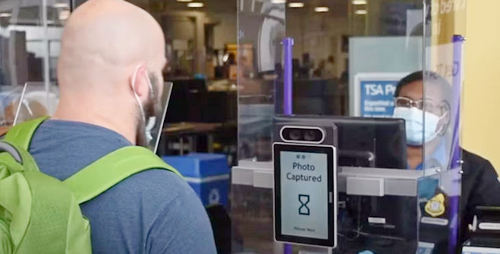
During the assessment in a live checkpoint environment, TSA will collect passenger feedback and data on the system's performance, design, cybersecurity, human factors and other variables to inform future design requirements and system development and to understand how passengers and TSOs interact with the system. The data collected will inform design, development, feasibility and viability decisions for future iterations.
“We are constantly looking at innovative ways to enhance the passenger experience, while also improving security,” said TSA Administrator David Pekoske. “This self-service prototype allows our trusted travellers to complete the screening process at their own pace. Testing at the Innovation Checkpoint in Las Vegas gives us an opportunity to collect valuable user data and insights, and explore opportunities to apply parts of the prototype to other airport security checkpoints. I am grateful for our partners in S&T and LAS airport, who were critical in bringing this vision to reality.”
“The number of airline passengers continues to increase year-over-year, creating a need for innovative screening solutions that enhance transportation security and make traveling more efficient,” said DHS Under Secretary for Science and Technology Dr. Dimitri Kusnezov. “At S&T, we are pushing the envelope with new technologies and concepts toward designing the airport of the future. Self-paced screening is one step toward building that future.”
In late 2021, S&T awarded contracts to three companies to develop self-screening concepts, prototypes and hardware. The self-service screening prototype at LAS is the first to succeed in laboratory testing. Others are still in development and will be tested soon in a laboratory for future consideration in operational assessments.
TSA and S&T will carefully study the results of this assessment before they announce a timeline for any future deployment of this prototype to other checkpoint lanes or at other airports.

PHILADELPHIA MAN SENTENCED TO PRISON FOR EVADING TSA SECURITY AT PHILADELPHIA INTERNATIONAL AIRPORT
United States Attorney Jacqueline C. Romero announced that Hugh James, 52, of Philadelphia, Pennsylvania, was sentenced to six months' imprisonment, two years' supervised release, a fine of $1,000, and a mandatory special assessment of $200 for attempting to board an international flight with undeclared currency that had not passed through airport security. United States District Judge Paul S. Diamond also ordered James to forfeit the sum of $62,000.
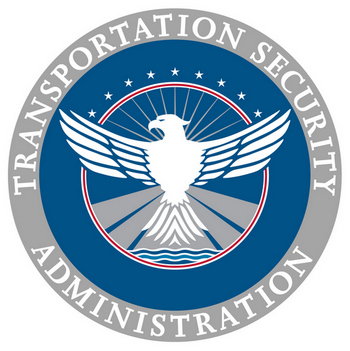
The case was investigated by Homeland Security Investigations and was prosecuted by Assistant United States Attorney Patrick Brown.
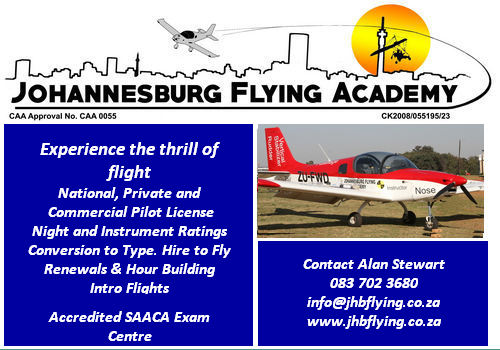
The International Air Transport Association (IATA) announced that Emirates and Butterfly Aero Training were each recognized with the IATA Competency-Based Training and Assessment Center (CBTA Center) Innovation Awards.

"The evolution of the air cargo sector and the challenges that brings, including the safe handling of dangerous goods, requires innovative training solutions that are both efficient and accessible. Butterfly Aero Training and Emirates have risen to the challenge with forward-thinking approaches that not only meet the current demands of the industry but also adeptly position them to meet the challenges of tomorrow. We are proud to have them among the growing IATA CBTA Network of 208 centers," said Frederic Leger, IATA SVP Commercial Products and Services.
The selection process for the 2024 IATA CBTA Center Innovation Award involved an evaluation by an independent jury, comprising industry experts, IATA representatives, and independent validators. Entries were judged on their innovation, potential impact on industry priorities and sustainability, user-friendliness, implementation feasibility, and evidence-based effectiveness.
Initiated in 2023, the IATA CBTA Center Innovation Awards encourage all members of the IATA CBTA Network to implement solutions that enhance operational efficiency, safety, and sustainability. The awards were presented at the World Cargo Symposium (WCS) in Hong Kong.


Tasmania, Pacific Ocean over Tasmanian Sea: A LATAM Boeing 787-9 Dreamliner, CC-BGG, entered a sudden descent while cruising over the Tasmanian Sea. The flight continued to Auckland Airport (AKL), New Zealand. Local media reported that over 50 occupants were injured, and twelve were sent to hospitals.
USA, Houston George Bush Intercontinental Airport (IAH/KIAH): United Airlines flight UA2477, a Boeing 737 MAX 8, suffered a runway excursion after landing on runway 27 at Houston-George Bush Intercontinental Airport, TX (IAH). ADS-B data suggest that the aircraft had a ground speed of 30 knots at the runway 09 threshold when it began turning to the right towards taxiway SC. It then rolled onto the grass at a ground speed of 20 knots, where it came to a stop, with the aircraft tilting to the left and the nose landing gear off the ground. Photos from the scene seem to show a collapsed left-hand main gear. Passengers deplaned via airstairs through the R1 exit.

Four Days In Kruger 2021 Day Four

Google Banner Ad
 |
 |
 Copyright © 2024 Pilot's Post PTY Ltd
The information, views and opinions by the authors contributing to Pilot’s Post are not necessarily those of the editor or other writers at Pilot’s Post.
Copyright © 2024 Pilot's Post PTY Ltd
The information, views and opinions by the authors contributing to Pilot’s Post are not necessarily those of the editor or other writers at Pilot’s Post.